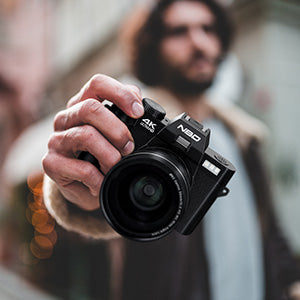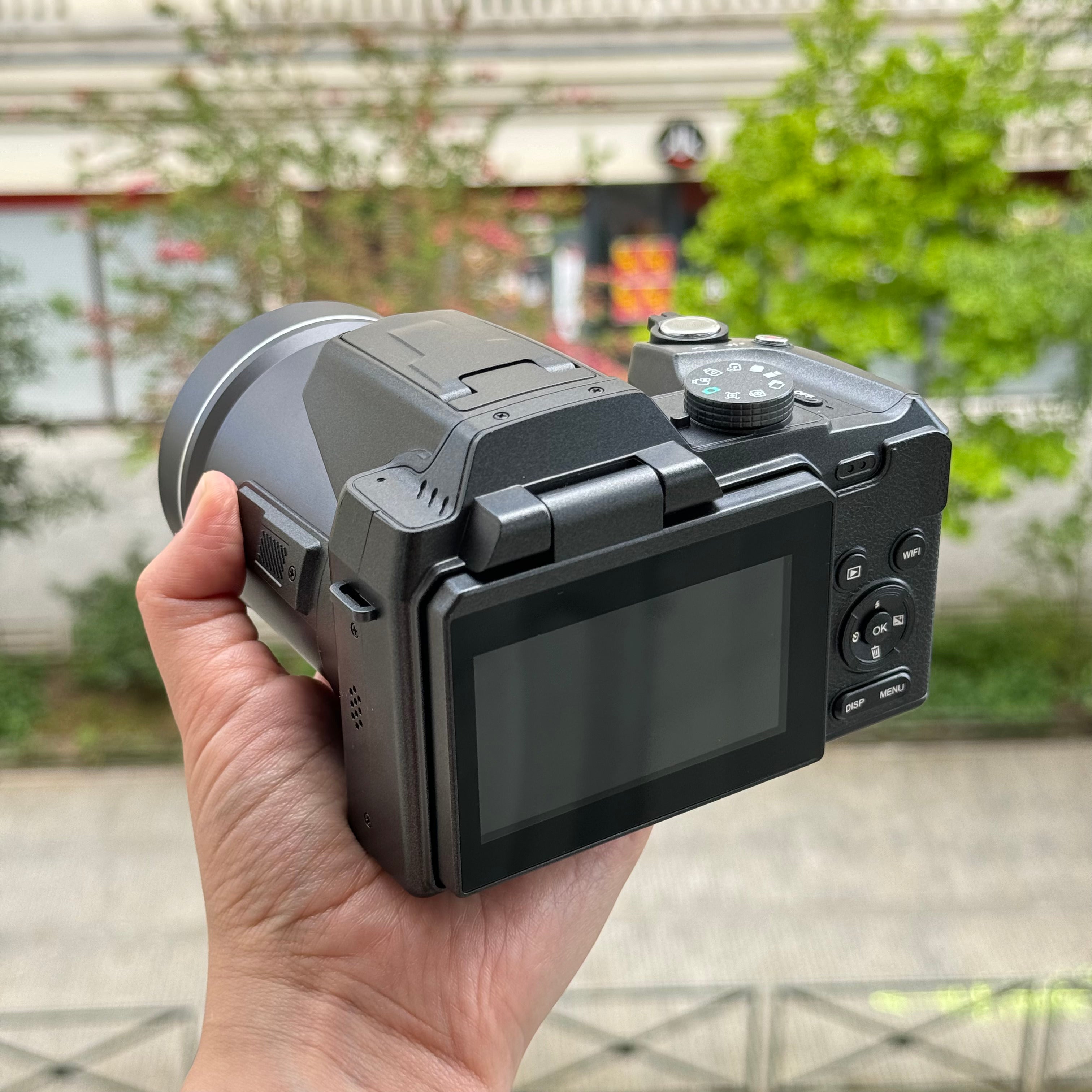The Impact of CMOS Sensor Size on Photography
To understand if a larger CMOS sensor is always better, we need to analyze its impact on photography comprehensively.
1. Impact on Image Quality
In the previous discussion about the impact of CMOS on image quality, I emphasized that "with the same technology," larger CMOS sizes yield better image quality. As technology progresses, CMOS sensors are becoming more efficient at utilizing light and controlling noise.
For example, the development of CMOS technology has seen significant advancements, from traditional (front-illuminated) CMOS to back-illuminated (BSI) CMOS and then to stacked CMOS. The shift to back-illuminated CMOS was a major improvement in image quality, while stacked CMOS further optimized size, circuitry, and image quality.
Additionally, don't forget the advancements in algorithms. Recent developments in smartphone photography show that hardware alone is not sufficient; a combination of hardware and software is the trend. Features like bokeh effects, clear backlighting, Leica lenses, dual or triple cameras all rely heavily on algorithms.
The same applies to cameras. Algorithms enable functionalities that hardware alone cannot achieve. Thus, with current technology, sensor size is no longer the "decisive" factor in image quality.
Moreover, leading APS-C cameras, like the latest models from Fujifilm, have surpassed full-frame cameras in image quality, making it clear that the adage "a larger sensor is always better" comes with caveats. It's true only under the same technology conditions. When comparing cameras from the same brand released around the same time, full-frame cameras still typically offer superior image quality compared to APS-C counterparts.

2. Impact on Depth of Field
Consider this scenario: using cameras with identical settings (except for minor color style differences between brands), will a photo taken with a full-frame camera at 24mm look the same as one taken with an APS-C camera at 16mm or a Micro Four Thirds (MFT) camera at 12mm?
The simple answer is no. Although the APS-C camera's 16mm lens and the MFT camera's 12mm lens both have an equivalent focal length of 24mm (after multiplying by their respective crop factors of 1.5 and 2), the depth of field will differ.
Depth of field is influenced by three factors: aperture, focal length, and shooting distance. In this scenario, the aperture and shooting distance are constant, but the focal length varies.
We usually calculate depth of field based on actual focal length, not equivalent focal length. For instance, a Nikon AF-S 50mm F1.8 lens has an actual focal length of 50mm. When mounted on a Nikon D7100, its effective focal length becomes 75mm due to the APS-C crop factor of 1.5. If you use a D7100 with a 50mm lens and a D800 with a 75mm lens, with the same aperture and shooting distance, the D800 will produce images with a shallower depth of field and more background blur.
Using smaller sensors, you don't need extremely small apertures to achieve a large depth of field, which can be advantageous in many shooting scenarios. Although full-frame cameras offer superior image quality, they might not always be as convenient as MFT or CX format cameras.

3. Impact on Camera Body Size
Throughout the history of camera development, there has been a continuous pursuit of miniaturization, similar to the evolution of mobile phones from large devices to the sleek iPhone. Cameras have evolved from large wooden box cameras to twin-lens reflex and rangefinder cameras, getting smaller over time.
Some may argue that digital cameras have become larger, especially full-frame flagship models from Canon and Nikon, which are quite heavy. Sony's A series of mirrorless cameras has challenged this trend by making digital cameras lighter and smaller.

Choosing the Right Camera for You
In conclusion, the size of the CMOS sensor does not solely determine the quality of the camera. Whether it's a full-frame DSLR or mirrorless, or an APS-C DSLR or mirrorless, what matters most is your specific needs.
If you prioritize portability, require a large depth of field, and have budget constraints, an APS-C camera might be more suitable for you.
Avoid purchasing an outdated full-frame camera for the sake of having a full-frame sensor. An older full-frame camera may not necessarily provide better image quality compared to a modern APS-C camera, and in some cases, it might even perform worse.



Leave a comment
All comments are moderated before being published.
This site is protected by hCaptcha and the hCaptcha Privacy Policy and Terms of Service apply.